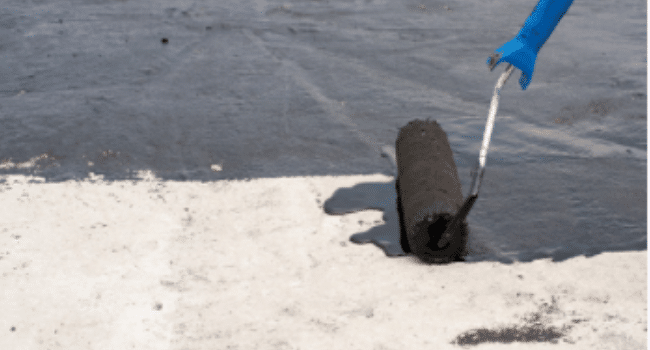Table of Contents
Basement waterproofing entails various materials and methods to prevent water from invading a building’s basement or an individual’s home below ground level. Waterproofing a basement that is below the ground level would require basement waterproofing materials, the installation of sump pumps and drains, and many other strategies.
Benefits of A Waterproof Basement
- A properly sealed basement can also increase the resale value of your home and protect it against damages and loss due to floods and other natural disasters.
- Besides, homeowners won’t have to experience the water damage in this area.
- The biggest issue caused by moisture is the development of mold and mildew. This growth affects the home air quality and out the ehealth of home members at stake.
- Another benefit of a waterproof basement is that the structural integrity of the home won’t be affected.
- As water won’t enter the space, you won’t have to seek services of bowing wall repair in Western Colorado.
How Experts Waterproof a Basement?
The implementation of basement waterproofing methods will depend on the location, age of the home, existing structures, and water in the basement. The location refers to the positioning of the building’s foundation. The age of the building refers to whether it’s more than ten years old. The existing structures include any metal or wooden components which may be affected by leaks. And the amount of water present in the basement moisture would determine the type of waterproofing methods required.
Proper Drainage
Basement waterproofing methods include the Installation of gutters over the home’s interior to capture any leaks on the exterior walls and floors. Gutters are manufactured to be flexible and long-lasting. This allows them to absorb the excess water that seeps through the cracks on the exterior walls and floors.
Exterior drainage systems also play a crucial role in keeping basements dry by directing water away from the foundation. Professionals install solutions like French drains, downspout extensions, and sump pumps to manage water effectively. By combining both interior and exterior waterproofing techniques, homeowners can significantly reduce the risk of water damage and foundation issues.
Sump Pump
A sump pump is another important component in the implementation of basement waterproofing. These are installed in the lower levels of the basement.
After the Gutters and Sump Pumps are installed, the next basement waterproofing steps are followed.
Interior Sealants
Interior sealants provide a complete seal on the home’s interior walls. They seal the wall pores against air and moisture penetration. There are also basement drywall products available in the market. They are applied on the waterproofing basement walls using applicators and allowed to dry. Usually, the primary purpose of the interior sealants is to act as a binder and prevent any liquid from seeping into the basement.
Basement downspouts
They are yet another essential component of basement Waterproofing Wollongong. They are installed at the lowest part of the house. Downspouts are made of plastic polyethylene. They are rectangular with holes at the bottom. The purpose of the downspouts is to collect any excess water that might be washed away from the foundation.
Granular Sealant
Lastly, the last basement waterproofing method is the use of granular sealants. Granular sealants provide a durable seal that sticks to the exterior walls. To install the sealant, homeowners would apply it over their exterior walls. Basement waterproofing companies would then install the granular sealant in the holes that have been drilled.
Read More on KulFiy
